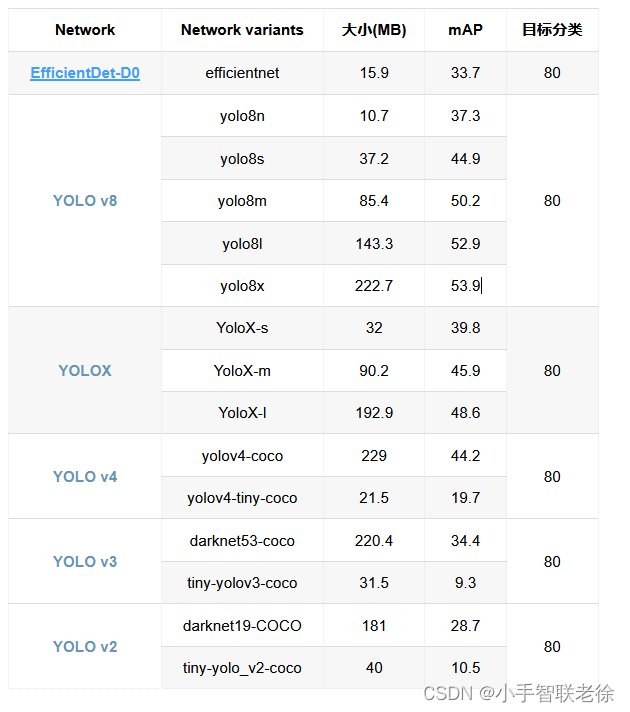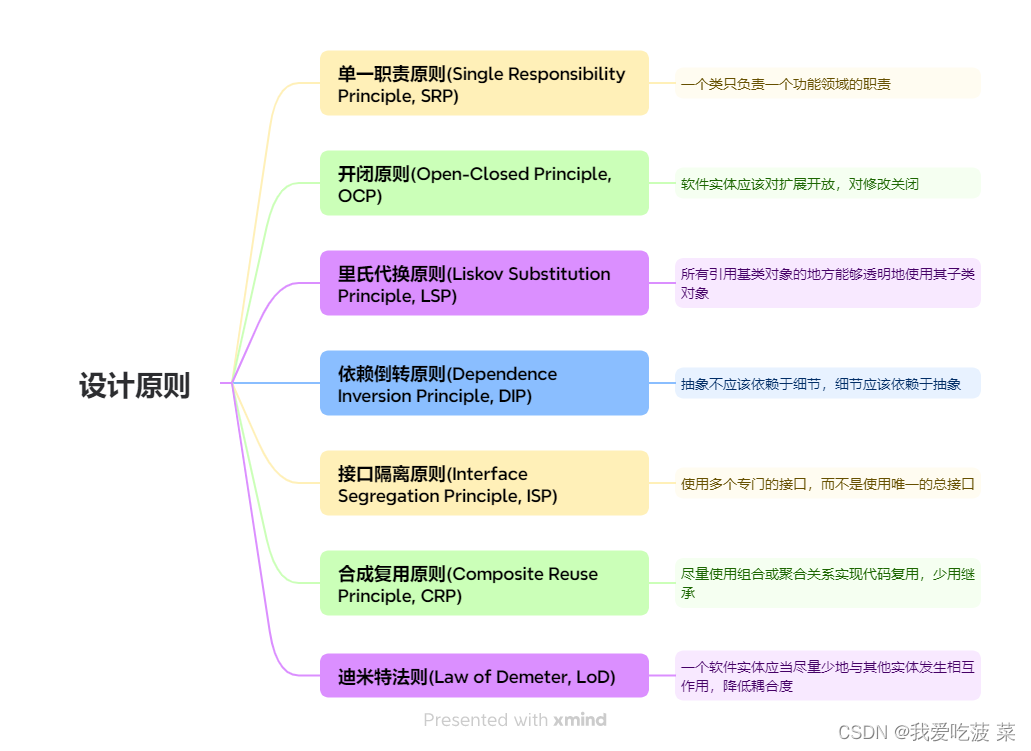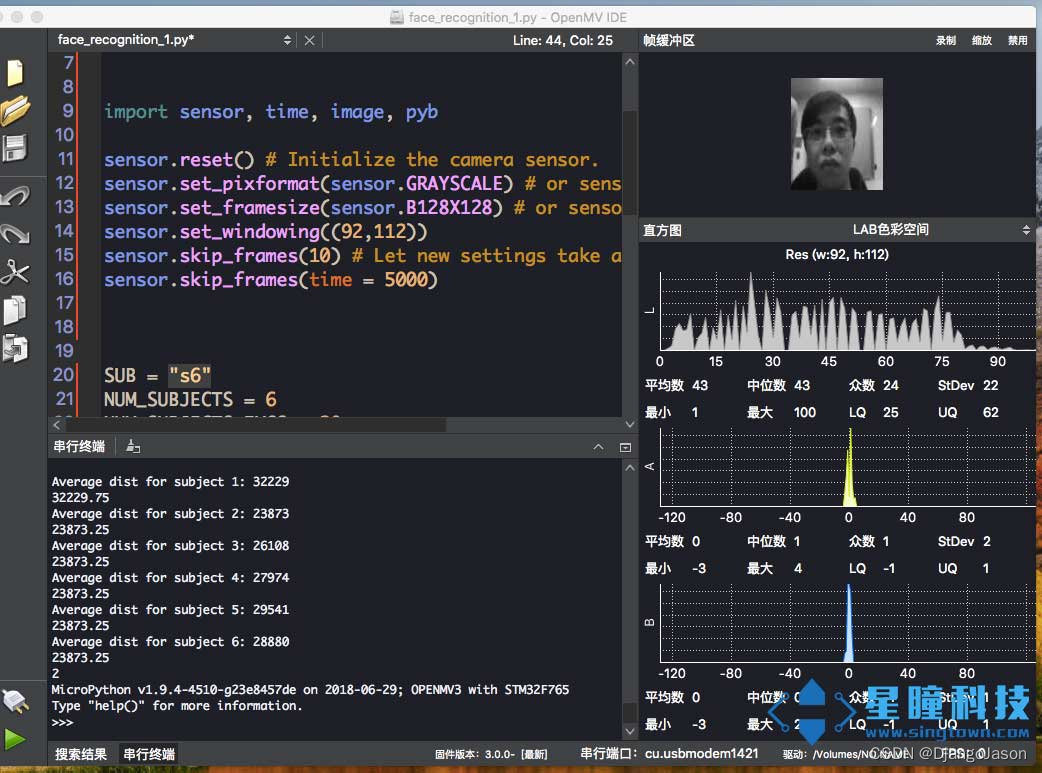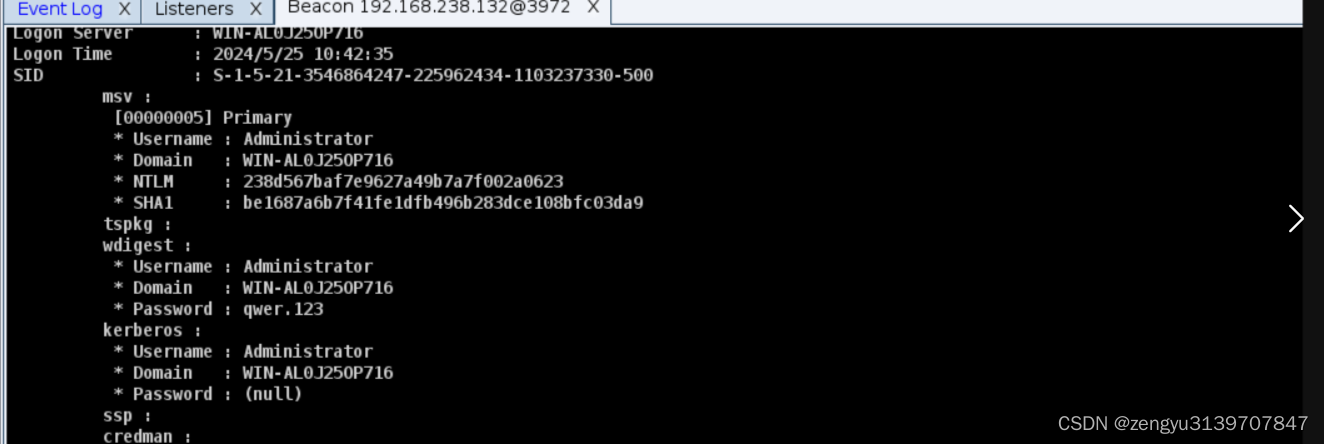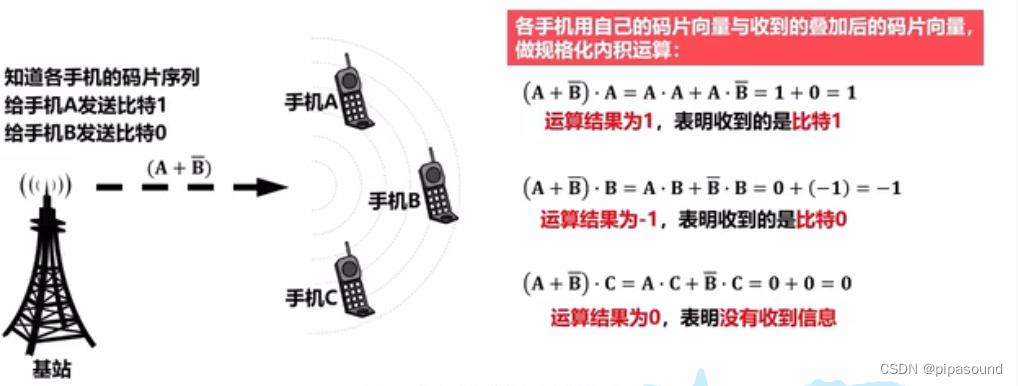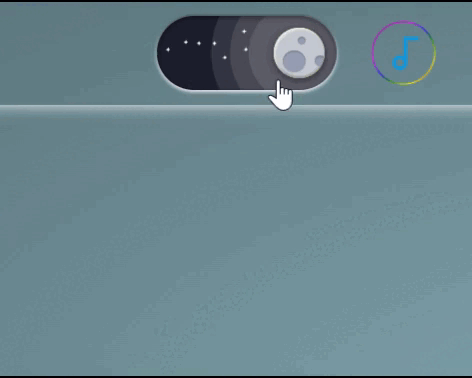leetcode 530.二叉搜索树的最小绝对差 、501.二叉搜索树中的众数 、236. 二叉树的最近公共祖先
leetcode 530.二叉搜索树的最小绝对差
题目链接:https://leetcode.cn/problems/maximum-binary-tree/description/
题目:
给你一个二叉搜索树的根节点 root ,返回 树中任意两不同节点值之间的最小差值 。
差值是一个正数,其数值等于两值之差的绝对值。
示例 1:
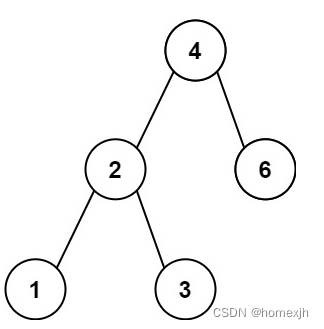
输入:root = [4,2,6,1,3]
输出:1
示例 2:
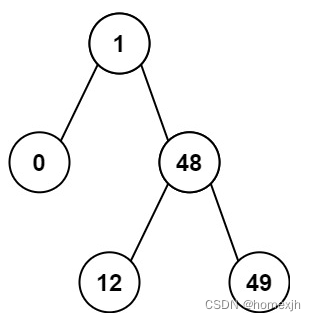
输入:root = [1,0,48,null,null,12,49]
输出:1
提示:
树中节点的数目范围是 [2, 104]
0 <= Node.val <= 105
解题思路
这道题还是之前说的用类双指针的方法解决,用一个pre记录前一个结点和一个变量存储差值。然后去中序遍历。具体实现代码:
代码:
class Solution {
TreeNode pre = null; //前序指针
int res = Integer.MAX_VALUE; //记录变量
public int getMinimumDifference(TreeNode root) {
travese(root);
return res;
}
public void travese(TreeNode root) {
if (root == null) return; //递归终止条件
travese(root.left); //左
if (pre != null) {
res = Math.min(res,root.val - pre.val); //中
}
pre = root; //前序指针跟着前进
travese(root.right); //右
}
}
leetcode 501 二叉搜索树中的众数
题目链接:https://leetcode.cn/problems/find-mode-in-binary-search-tree/description/
题目
给你一个含重复值的二叉搜索树(BST)的根节点 root ,找出并返回 BST 中的所有 众数(即,出现频率最高的元素)。
如果树中有不止一个众数,可以按 任意顺序 返回。
假定 BST 满足如下定义:
结点左子树中所含节点的值 小于等于 当前节点的值
结点右子树中所含节点的值 大于等于 当前节点的值
左子树和右子树都是二叉搜索树
示例 1:
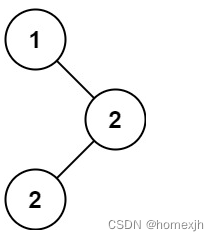
输入:root = [1,null,2,2]
输出:[2]
示例 2:
输入:root = [0]
输出:[0]
提示:
树中节点的数目在范围 [1, 104] 内
-105 <= Node.val <= 105
进阶:你可以不使用额外的空间吗?(假设由递归产生的隐式调用栈的开销不被计算在内)
解题思路
这道题继续沿用上面的解法,不过要记录所有的总数,那需要一个数组去记录和两个辅助变量去记录节点值出现的次数和当前的最大数。在中序遍历过程中,当前节点值和前一个节点值不一致时,重新赋值为1同时,还要判断之前的节点值出现的次数是否是跟最大次数一样,是的话,就要添加到结果数组中,或者说,其出现的次数大于最大次数,那要重新记录,即清空数组,把该值重新添加到数组。具体实现代码:
代码:
class Solution {
TreeNode pre = null; //前序指针
int count = 0; //出现的次数
int Maxcount = 0; //最大次数
List<Integer> res = new ArrayList<>(); //结果数组
public int[] findMode(TreeNode root) {
searchBST(root);
int[] result = new int[res.size()]; //因为题目要求返回int[]类型,而结果存储是List中,所以要取出来放在一个int[]中。
for (int i = 0; i < result.length; i++) {
result[i] = res.get(i);
}
return result;
}
public void searchBST(TreeNode root) {
if (root == null) return; //递归终止条件
searchBST(root.left); //左
if (pre == null || pre.val != root.val) { //遍历开始或者不算同个值,count为1
count = 1;
}else { //是同个值,count++
count++;
}
if (count == Maxcount) { //count==最大次数,将该值添加到结果数组中
res.add(root.val);
}
if (count > Maxcount) { //count大于最大次数,更新结果数组和最大次数值
Maxcount = count;
res.clear();
res.add(root.val);
}
pre = root; //前序指针继续前进
searchBST(root.right); //右
}
}
这道题也可以用迭代法做,思想是一样的,顺便回顾一下中序遍历的迭代法
class Solution {
public int[] findMode(TreeNode root) {
TreeNode pre = null;
Stack<TreeNode> s = new Stack<TreeNode>();
List<Integer> res = new ArrayList<>();
int maxcount = 0;
int count = 0;
TreeNode cur = root;
while (cur != null || !s.isEmpty()) {
if (cur!=null) {
s.push(cur);
cur = cur.left;
}else {
cur = s.pop();
if (pre == null || pre.val != cur.val) {
count = 1;
}else {
count++;
}
if (count == maxcount) {
res.add(cur.val);
}
if (count > maxcount) {
maxcount = count;
res.clear();
res.add(cur.val);
}
pre = cur;
cur = cur.right;
}
}
return res.stream().mapToInt(Integer::intValue).toArray();
}
}
leecode 236. 二叉树的最近公共祖先
题目链接:https://leetcode.cn/problems/lowest-common-ancestor-of-a-binary-tree/description/
题目
给定一个二叉树, 找到该树中两个指定节点的最近公共祖先。
百度百科中最近公共祖先的定义为:“对于有根树 T 的两个节点 p、q,最近公共祖先表示为一个节点 x,满足 x 是 p、q 的祖先且 x 的深度尽可能大(一个节点也可以是它自己的祖先)。”
示例 1:
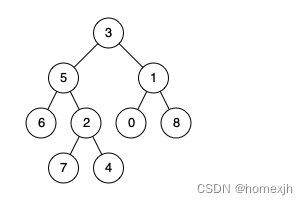
输入:root = [3,5,1,6,2,0,8,null,null,7,4], p = 5, q = 1
输出:3
解释:节点 5 和节点 1 的最近公共祖先是节点 3 。
示例 2:
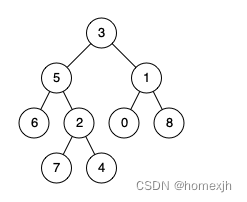
输入:root = [3,5,1,6,2,0,8,null,null,7,4], p = 5, q = 4
输出:5
解释:节点 5 和节点 4 的最近公共祖先是节点 5 。因为根据定义最近公共祖先节点可以为节点本身。
示例 3:
输入:root = [1,2], p = 1, q = 2
输出:1
提示:
树中节点数目在范围 [2, 105] 内。
-109 <= Node.val <= 109
所有 Node.val 互不相同 。
p != q
p 和 q 均存在于给定的二叉树中。
解题思路
要找两个结点的最近公共祖先,那就要用到后序遍历了,因为只有后序遍历才能拿到左右子树的返回值。那如何判断一个结点是结点p和结点q的公共祖先呢。直接去递归,遇到p或者q直接返回。即如果递归遍历遇到q,就将q返回,遇到p 就将p返回,那么如果 左右子树的返回值都不为空,说明此时的中节点,一定是q 和p 的最近祖先。那在拿到左右子树的返回值,怎么处理呢。可以这样处理,如果left 和 right都不为空,说明此时root就是最近公共节点。如果left为空,right不为空,就返回right,说明目标节点是通过right返回的,同样,如果right为空,left不为空,就返回left,说明目标节点是通过left返回的。具体实现代码为:
代码
class Solution {
public TreeNode lowestCommonAncestor(TreeNode root, TreeNode p, TreeNode q) {
if (root == p || root == q || root == null) return root; //递归终止条件
TreeNode left = lowestCommonAncestor(root.left,p,q);
TreeNode right = lowestCommonAncestor(root.right,p,q);
if (left == null && right != null) { // 若找到一个节点
return right;
}else if (right == null && left != null) { // 若找到一个节点
return left;
} else if (left == null && right == null) { // 若未找到节点 p 或 q
return null;
} else { // 若找到两个节点
return root;
}
}
}

